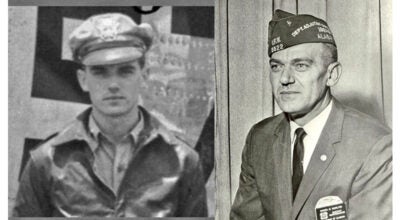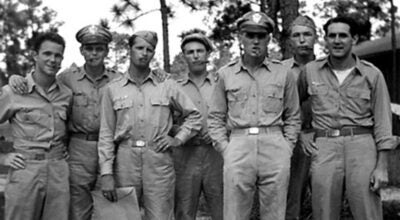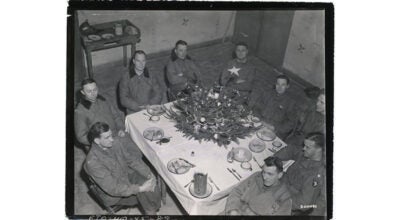In wake of storm, self-government on display
Published 12:08 am Saturday, May 14, 2011
By GARY PALMER
I was in Dallas when the call from my sister came around 6:30 p.m. She said, “A tornado hit Hackleburg. Momma and Daddy are all right, but Hackleburg is gone. It’s all gone.”
As she so accurately said to me, “You will have to see it to believe how bad it is.”
There are scores of pictures on the Internet and in the newspapers along with several sites with video footage of what once was Hackleburg, Ala. But anyone who has been there will tell you that not one of those images comes close to what you see in person.
This tornado, named the Hackleburg Tornado by the National Weather Service, was designated an EF-5, the most powerful and destructive tornado.. The Hackleburg Tornado stayed on the ground for almost 90 miles, killing 69 people and leaving a path of indescribable destruction in its wake, making it the deadliest in the U.S. in the last 56 years.
When I got to Hackleburg my heart sank. My sister was right. My hometown was virtually destroyed. So much of what I was familiar with was gone. Piles of bricks were mixed with splintered wood and twisted metal where the main business district had been; a foundation was covered in rubble where my grandparents’ grocery store once stood; Ray’s Pharmacy and the Piggly Wiggly were completely destroyed; and the Wrangler distribution center was literally flattened. Only one business was left in operating condition in the entire town.
In the residential areas, bare foundations were all that was left where some of my teachers and classmates once lived. The landscape was so devastated that I couldn’t tell where some of their homes had been. They were literally swept from the face of the earth leaving a landscape that looked more like a World War I battlefield rather than a place where families had lived.
In the immediate aftermath, the stunned survivors and others outside the path of the tornado began digging through the wreckage of homes and businesses, helping the injured and recovering the dead. Many of the dead were loaded into pickup trucks and taken to First Baptist Church. At last report, there were 18 fatalities. In a town of nearly 1,580 people, that means one of every 88 people lost their lives that day.
The schools were destroyed, too.
Though word about the destruction in Hackleburg did not get out immediately, volunteers started to arrive from around the state and most were individuals from churches. The first organized relief came from the Southern Baptist disaster relief teams, who have the third largest disaster relief organization in America behind only the Red Cross and the Salvation Army.
Times such as these can bring out the best in us. Most Americans in general and Alabamians in particular are not people who sit back and wait for the government to show up to take care of them. Even though it took a couple of days for FEMA to get there, people did not wait to get started with the relief effort. When word got out about the devastation in Hackleburg, hundreds of volunteers poured in to help with the recovery.
This is what self-government is really all about: people taking responsibility to help one another without being made to or told to. They do it because it is who they are, it is how they were raised. There are countless examples of people loading up whatever supplies and equipment they could and going to help.
The Hackleburg tornado destroyed buildings and houses and took precious lives in a little town that Country Music Television had designated one of America’s hometowns, but it has not taken the life out of the town or destroyed the desire of the survivors to rebuild it.
They do need some help and I believe they will get it. It’s what Alabamians do when others are in need … we roll up our sleeves, open our wallets and help people get back on their feet.
Gary Palmer is president of the Alabama Policy Institute, a non-partisan, non-profit research and education organization.
More COLUMN -- FEATURE SPOT





